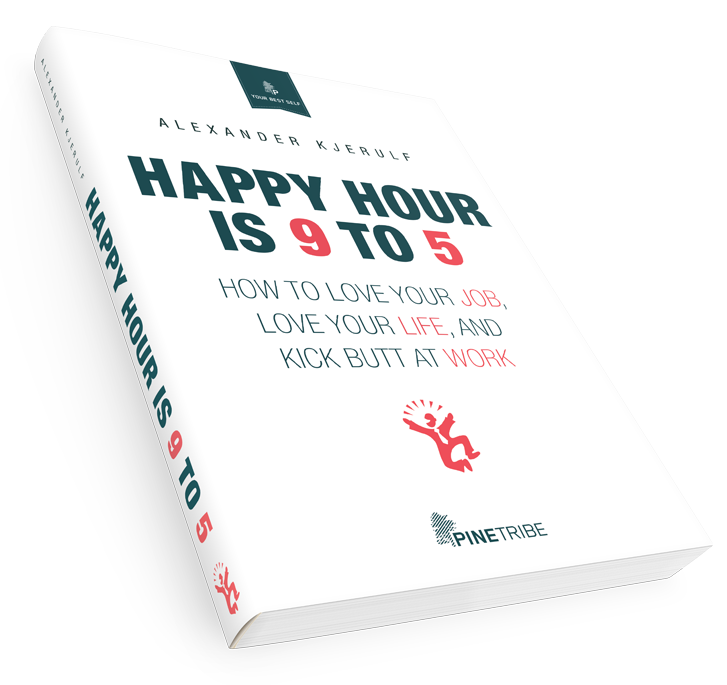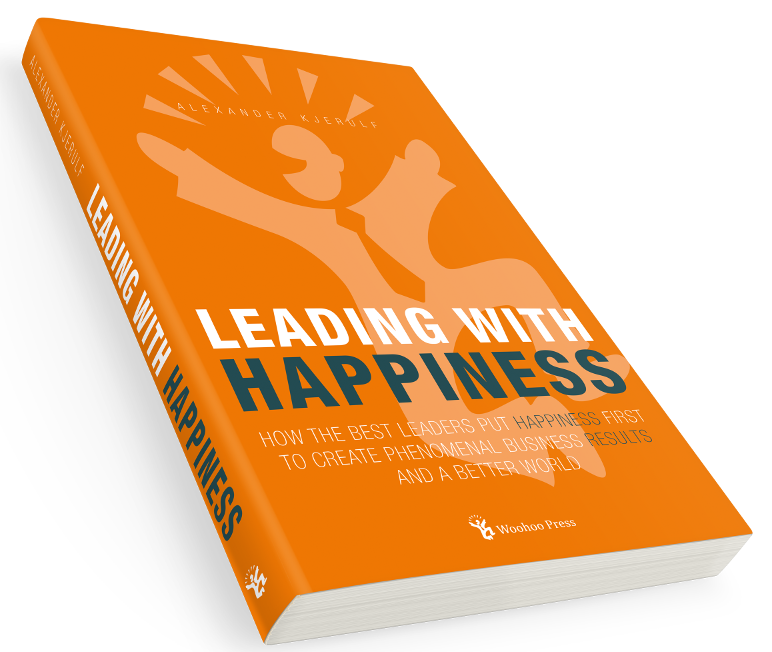I’m not a huge fan of employee satisfaction surveys for a number of reasons:
- They measure job satisfaction, which, to me, is not what matters. What matters is happiness.
- They’re no fun. Filling out 50 (or more) questions in an online survey is a chore – not something people enjoy.
- They’re so time consuming that companies typically perform them once a year. But what good is knowing how happy employees are once a year? What if they’re really unhappy now, and the next survey is still 7 months away?
So how DO you measure happiness at work? This is exactly the question British social media agency Nixon McInnes were asking themselves:
According to recent studies, happiness in the workplace is positively correlated with productivity, so as happiness increases, productivity follows suit, but when unhappiness gains a foothold, productivity and, ultimately, the health of the business, suffer.
…
The first prototype, or version 0.1, has been live for a couple of months now and has provided some illuminating insight into our collective emotional condition (Tuesdays, for instance, are a regular, recurring low point in the week).So, what’s the ground-breaking technology that makes all this possible?
The answer… A couple of buckets and a few dozen tennis balls. :)

Exactly – why not go low-tech and do it with balls. Tennis balls, that is.
Every day as employees leave work they drop a ball into either the “Happy” or “Unhappy” basket. The balls are counted and the daily and weekly results are displayed on a monitor in the office:

Yup – that’s all it takes. It’s simple, so it actually gets done and it’s almost real-time because it presents daily data. An additional benefit is that it gives employees a chance to reflect every day on their happiness at work, which is also a good practice. Kudos!
Have you tried something similar in your workplace? Would this work for you?



Leave a Reply